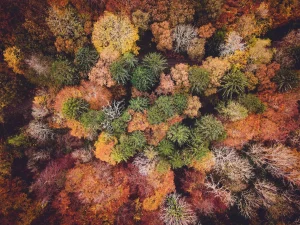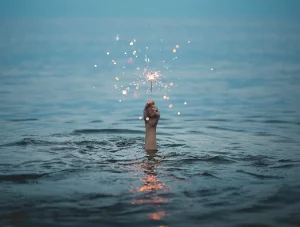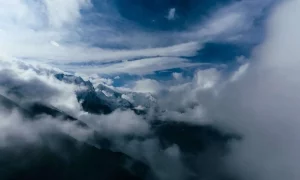In plastic like the Instamatic, in disposable cardboard for a single use, in a kit (to make out of a matchbox as a child), in instant like the Polaroid with its batch of cartridges, in iron or titanium like the pros (but used), we all had at the foot of the Christmas tree a camera in our hands.
Many have put away this image catcher with their childhood memories, others have revived their shots thanks to the Photo application installed on smartphones and which, as we all know, has created an extraordinary call to air for photography versus digital.
And then there are also those who have never abandoned this tool with its magical properties, and who simply decided to become a photographer.
On the pro side, the specialties in photography are many and extremely varied. In reality, only the tool is the common denominator. Animal, scientific, plastic, sports, archaeological, culinary, fashion, film set, war, architecture, reportage, police technician, reproduction of works…a true inventory a la Prevert, but rather than turn everyday phrases into expressive eloquence, the photographer’s eye serves to elevate ordinary to captivating via exploitation of this camera obscura.
What Drives the Photo Craze?
Several motives shake the noggin of a photographer: the emotion and the will to share his discovery, the pretext to go to the meetings of others or to unknown territories, the immoderate taste of freedom, the formidable professional opportunities that the digital world offers for photography today and the artistic expression that can result from it.
1. Sharing and transmission

The beauty captured in the look of a face, a “signature” dish of the gastronomy, a wild landscape or a historical moment, the wonder in front of the daily life of a tribe, wild herds or, more simply, the discovery of a small Languedoc village, are not often accessible to all.
Photography allows the sharing of these trips in 2D format. And relaying the image in order to offer it to as many people as possible is undoubtedly the most “nourishing” aspect for a photographer. By sharing his view, the photographer presents his version of life, a part of himself which, when appreciated, confirms the professional in his choices.
Hans Silvester has been a photographer since he received his first camera on his fourteenth birthday. His travels motivate his reports: from the horses of the Camargue to the tribes of the Omo, from petanque to the gypsy people, from Japan to Central America, from scarecrows to Pierre Rabhi, this tireless pilgrim with a sharp eye never ceases to show us, still today, the beauty of the worlds that inhabit our planet. Earthly food.
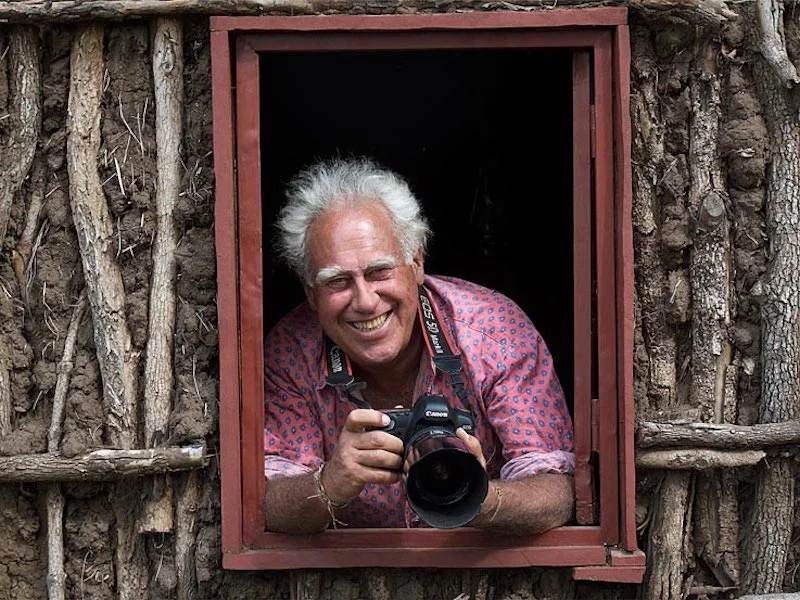
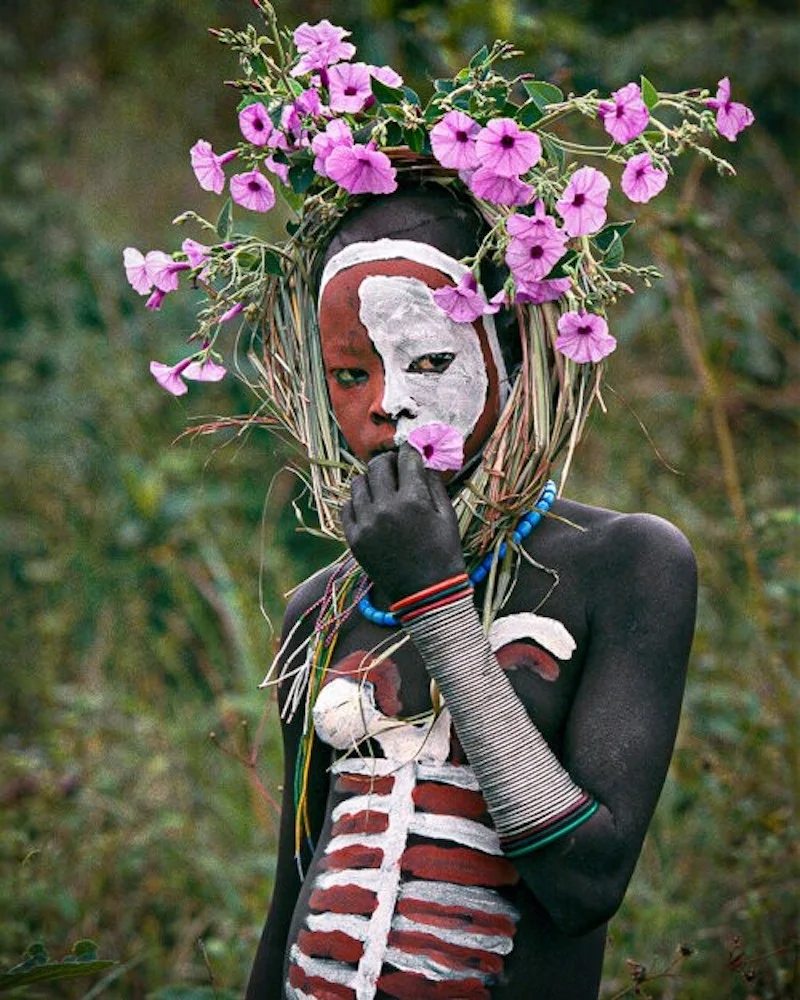
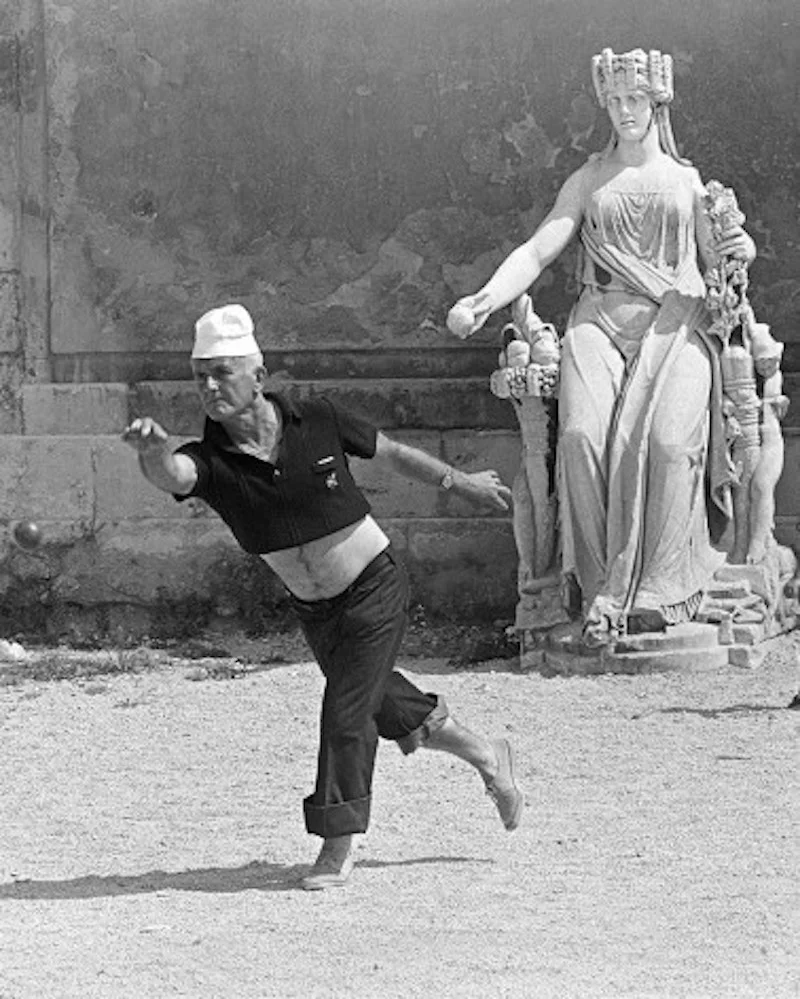
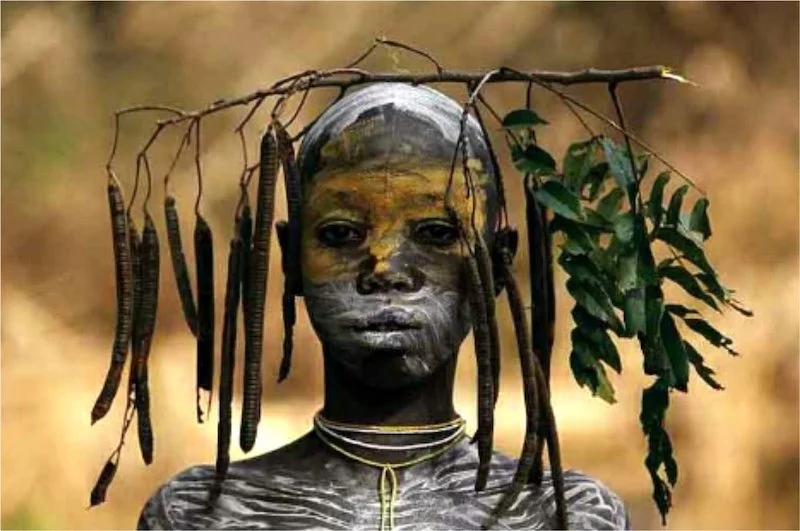
2. A profession synonymous with passion
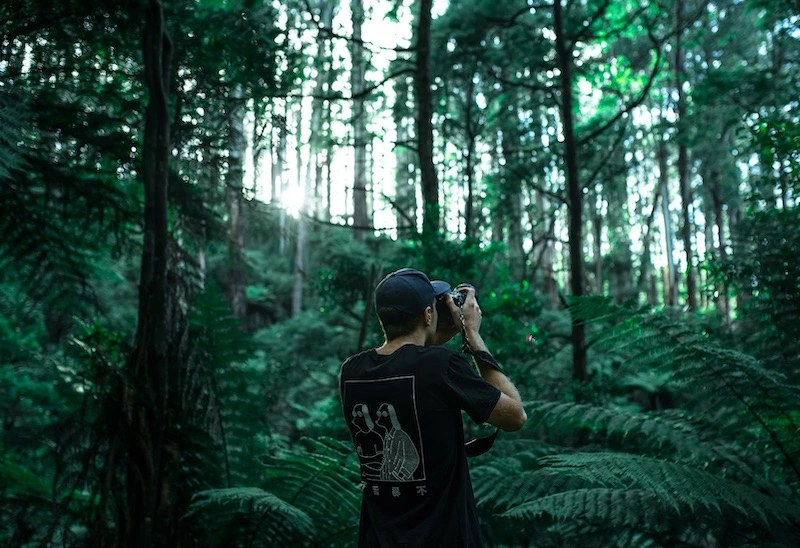
When the photo brings the irrefutable testimony of an exceptional situation, whether historical or social, its transmission is all the stronger, and for some photographers like the war reporters it becomes a reason to be, and they are even ready to take all the risks. One thinks of Gilles Caron, who died in Cambodia at the age of 30, and who covered the 6-day war, the Biafra conflict, the May 68 revolt…and was able to capture and summarize, in a few photos, all the drama of the fighting, the dramaturgy of the fights.
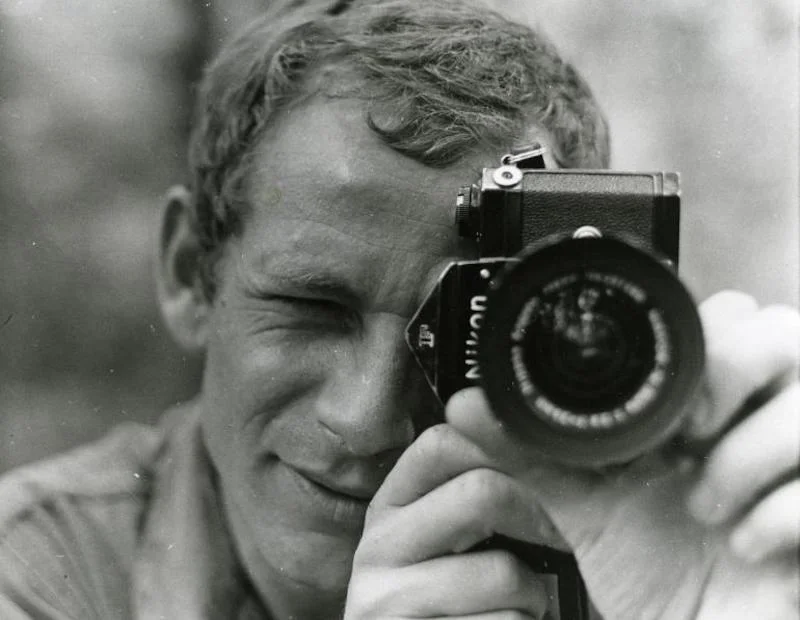
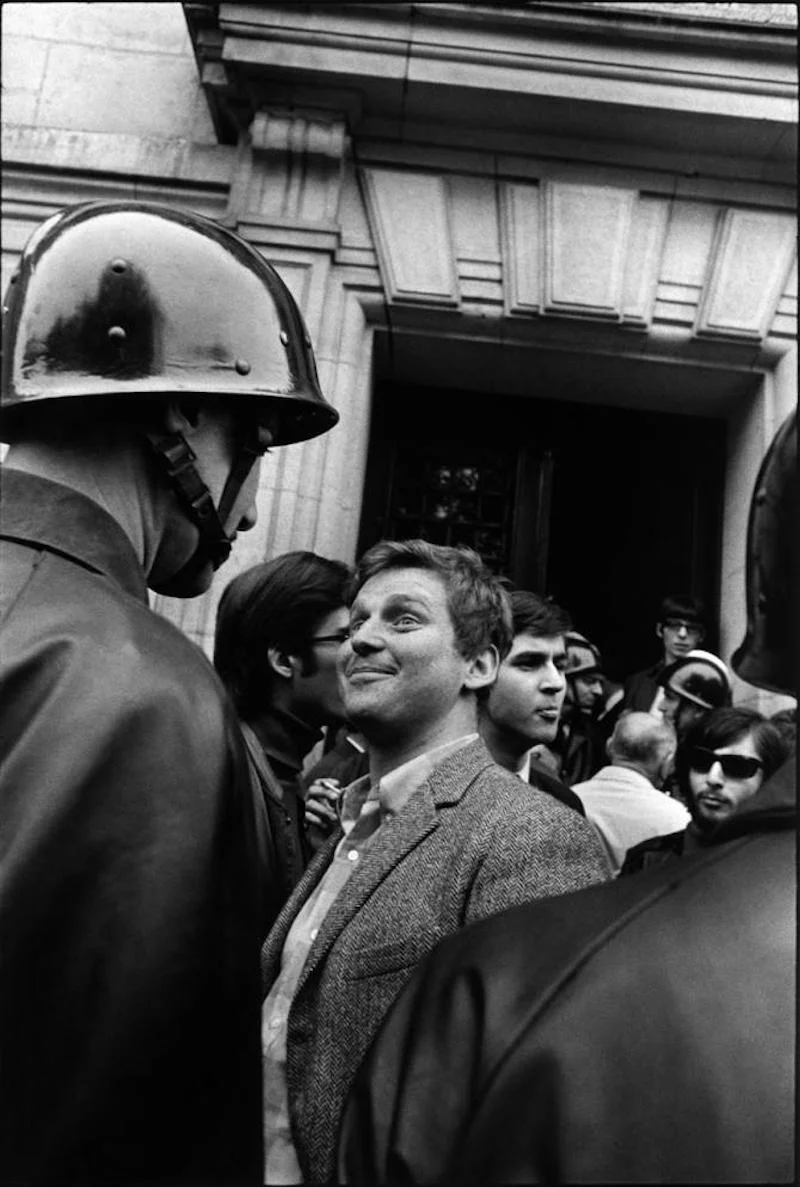

3. A joyful pretext for wandering
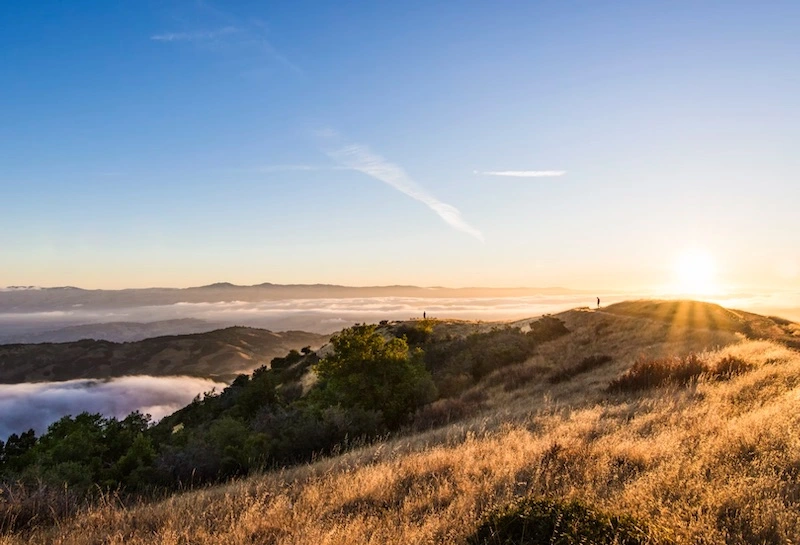
The photographer has the soul of the “wanderer,” the one who drinks in otherness, who accepts a simple cup of tea shared with a stranger and who goes off on a tangent with a spirit of total freedom–“Going to the end of the world for a piece of conversation,” as the poet Barbey d’Aurevilly noted.
The camera is versatile: it can be a great passport to a beautiful adventure or an element of distancing. With a camera and a subject, we leave the status of “tourist,” no more marked-out routes without real exchanges with the populations. Here, we come to meet people with a goal or a project that will highlight their actions, the current events of a society or the daily life of women and men. We are then legitimate to penetrate the intimacy of families. This is a fabulous pretext that grants photographers the opportunity to develop real encounters and even future friendships.
In some countries, where taking an image is problematic, especially that of people, it is necessary to cultivate discretion, to work on trust and to give tokens of respect. Once acquired, the gift is invaluable and unforgettable. There are so many reasons to continue to do this job and to wander around with this insatiable curiosity of the world and the greed of exchanges.
A few years ago, the works of Roland and Sabrina Michaud allowed us to discover a part of the Orient and Asia that was then unknown, notably the beauty of Afghanistan in the 60s and 70s. With his bachelor’s degree in hand, Roland Michaud left for Scandinavia by bicycle with his grandfather’s Eastman Kodak bellows camera dating from 1894! Other trips would follow with his wife: India of One Thousand and One Nights, Caravans to Tartary, Horsemen of Afghanistan, about Afghans practicing the game of Buzkashi, Hunting Eagles Among the Kazakhs…. The meeting with the peoples of Islam: to him, the portraits of men who own their exclusively male territory; to her, the shots of the shaded courtyards of oriental houses where women accept the lens carried by another woman.


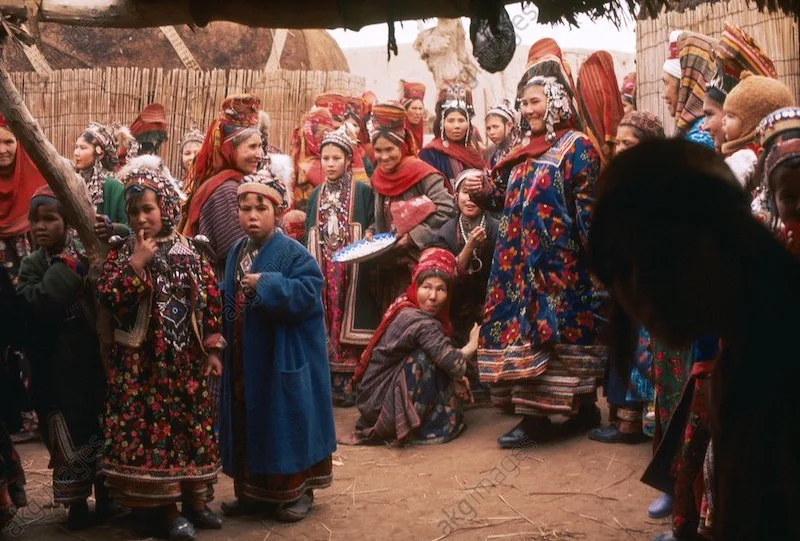

4. Digital opportunities

With the advent of digital photography and social networks, images have multiplied exponentially. Armed with a simple smartphone, we all take pictures today: of our life, our meetings, our meals, our hotel room, and…with a certain talent!
Applications dedicated to the embellishment of our shots are legion and of very good quality. They invite us to work, to rethink each photo, and this invaluable push has even aroused some (unavowed) vocations. Have you noticed around you, the number of people who propose images every week on their Facebook page, who venture towards an exhibition of their work by sharing their images on the Instagram application and even consider selling their creations? Faced with the quality of their own images, we no longer hesitate to personalize our CVs, to create real “mood boards” to support a file or a project.
The photo is within reach of the most adventurous. Let’s salute the influencers who punctuate their lives with daily photographic excursions. The worlds of fashion, gastronomy and travel have understood the power of photography and its ability to quickly circulate, through social networks, the latest trends and new products. New professions have consequently emerged. Beauty products, jewelry and branded clothes constitute today an important part of the photos sent regularly by community managers or influencers from all over the world: partnerships that have become a real business.


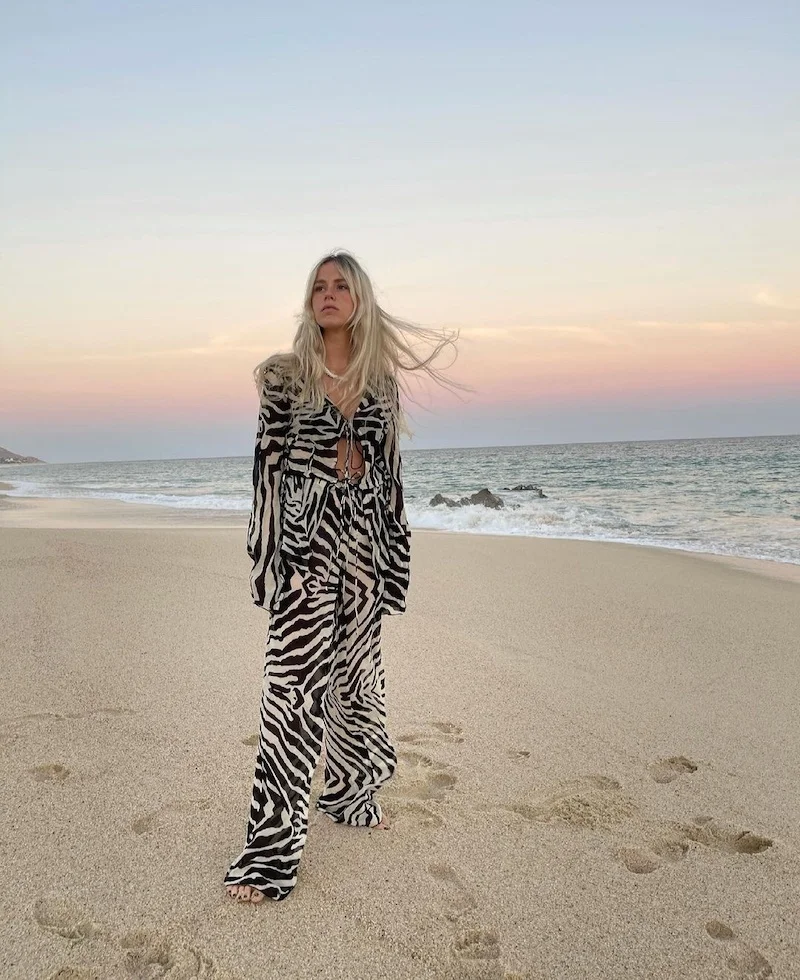
For example, Jonathan Bertin who decided to specialize in travel and photography and collaborates with many brands. Jonas Ardon, digital designer, crazy about nature and the great Nordic spaces, and Monica Anoz, the beautiful Spaniard who divides her time between Madrid and the Balearic Islands and who is sought after by the major luxury brands.
5. The artistic fiber at the end of the shutter
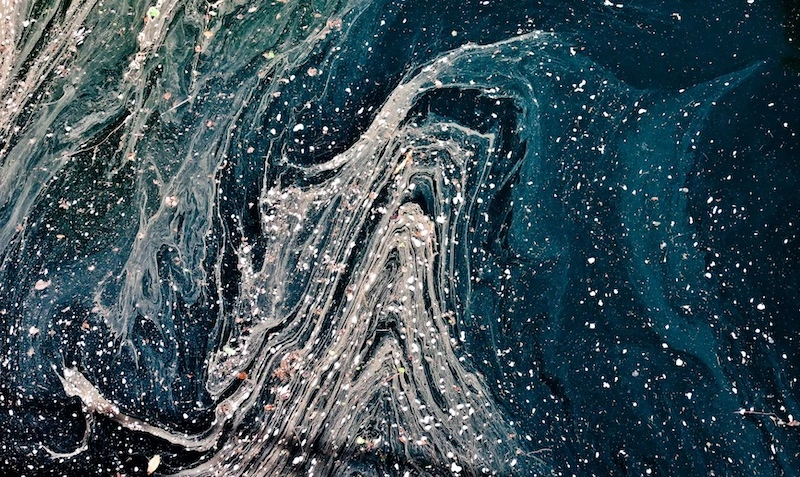
Another reason to leave with the camera slung over your shoulder: those who wish to propose a poetic or more plastic vision of the world, as a painter or a sculptor would. The camera expresses itself like a brush, sketching a very personal vision, even imaginary–a collage of photographic pieces, additions of textile materials or writing in ink. The image is the starting point of the work but is not necessarily the masterpiece. Split, fragmented, overexposed or underexposed, in positive version or XXL negative, the photographic texture offers a reading in the same way as the photographed subject.
These types of images are no longer aimed at the classic photography festivals as we know them. These shots with high artistic added value are exhibited in galleries and museums, like the plastic work of the New York twins Doug and Mike Starn.
The Starn brothers claim a more philosophical approach to photography. Their interventions are not limited to exhibitions, but are also presented in installations, a vision in 3D in which they allow the public to immerse themselves in their photographic work.

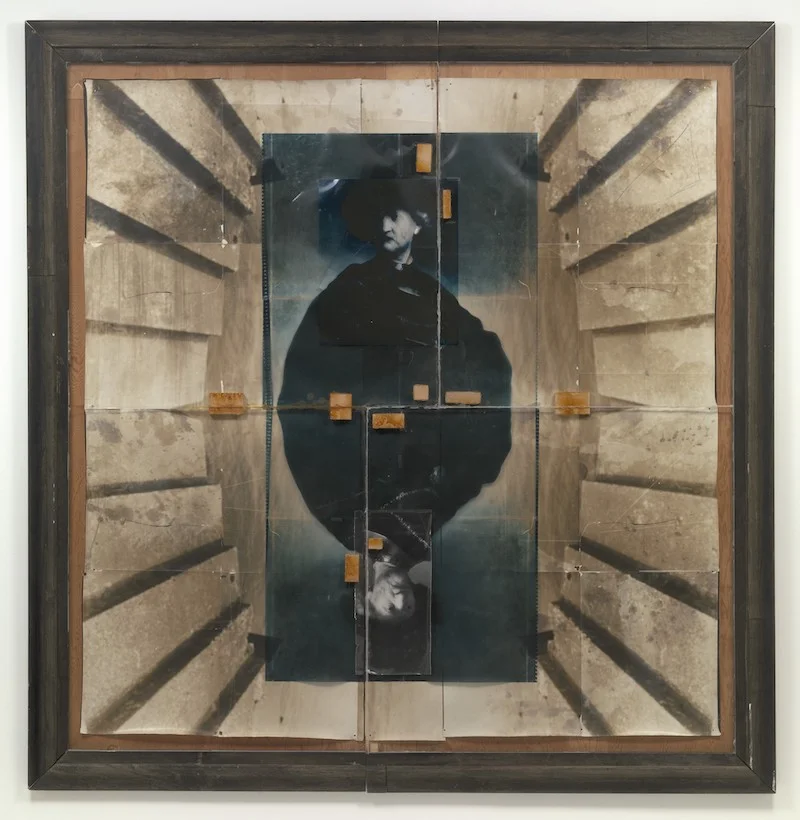
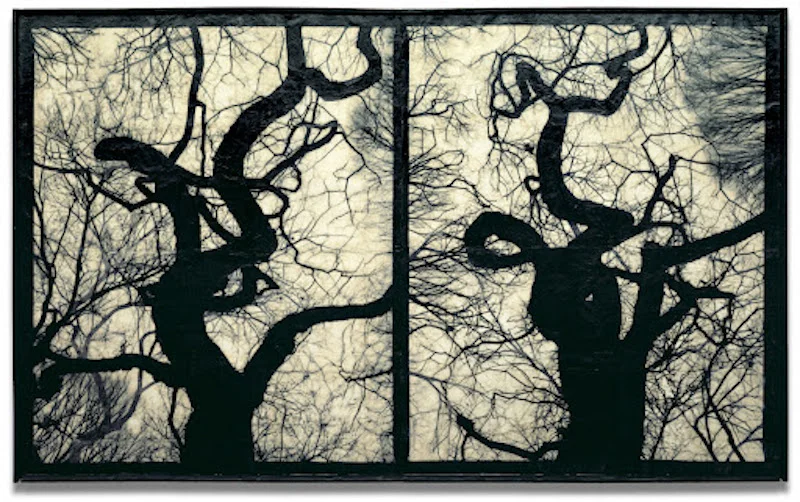
After this overview of all the great variations that the profession of photographer offers today, what would be, according to you, a good reason to grab a bag, lenses and camera and try your own photographic adventure?
Photo Credits: Tyler Nix, Ben Blennerhassett, Ethan Dow, Markus Spiske, Daniele Levis Pelusi, Jordan Whitfield, Monica Anoz




